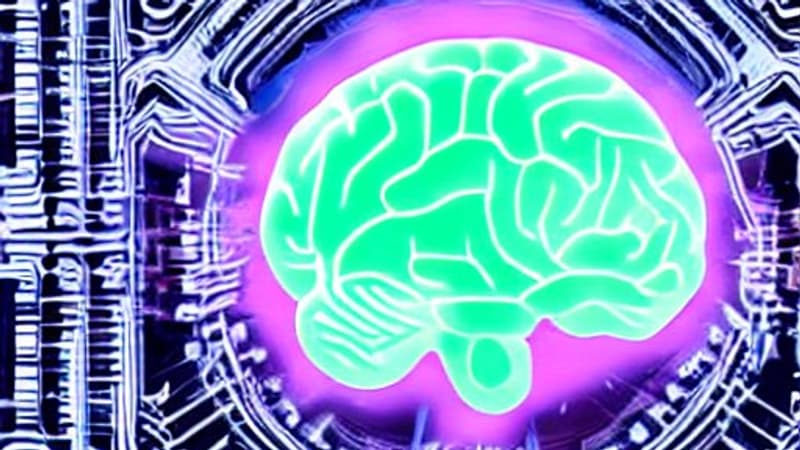Reading minds is now almost possible. Using brain imaging and artificial intelligence, researchers have been able to translate a person’s thought into text, reports The Guardian. Early results are promising, especially for patients who have lost the ability to speak.
The results of the experiment, conducted by researchers at the University of Austin in Texas, have been published. in the magazine neuroscience of nature this May 1st.
As part of this scientific experiment, three volunteers were placed in a scanner for 16 hours while listening to a podcast. When a person receives a continuous stream of words, it produces activity throughout the brain, not just in areas associated with speech and language. The computer then attempted to reconstruct these stories from each participant’s brain activity.
Technically, this is possible thanks to the analysis of blood flow. The MRI data was sent to a computer. This has learned to associate specific patterns of brain activity with certain streams of words. Depending on the words heard by the brain, the blood flow varied. Therefore, brain activity sends a signal. And this is where artificial intelligence comes in: it deciphers like a language decoder, transforms thought into text.
The decoder was trained to match brain activity to meaning using a large language model, comparable to previous versions of ChatGPT.
However, the tool is still not perfect. Some transcription errors should be noted, particularly at the level of pronouns. He doesn’t know if he is the first person or the third person, a man or a woman. Or sometimes in the accuracy of the sentences the AI can substitute “I told you to leave me alone” when the volunteer heard “Leave me alone”.
Any such experiment must be performed with the consent of the subject. And this practice also raises ethical questions: how far can we read the mind of a human being? The researchers specify that it must be the human who must have control over the machine in all cases.
Source: BFM TV


